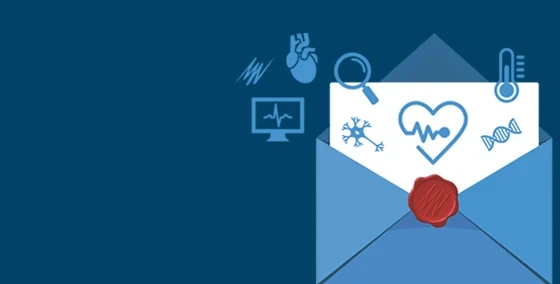Olson J., Shandas R., Erlanger M. (2012). Development of a minimally invasive, injectable, shape memory suture and delivery system. Annals of Biomedical Engineering, 40(7):1520-1529 Details
Customer study highlights
With 30 million cataract patients predicted by 2020, eye surgeries are on the increase. In an effort to promote faster recovery times and advance wound closure technology a minimally invasive shape-memory clip system has been designed at the University of Colorado.
Circular clips constructed from fine nitinol wire, a shape-memory alloy with good biocompatibility, are inserted into a reusable 30-guage needle. While within the lumen of the needle, the clips are held in a linear conformation. The needle is then attached to an injector device with a plunger that expels the clip, which then returns to its original, tight circular shape. The surgeon can use a familiar, stitching motion to use the clip to close surgical wounds.
This pre-clinical feasibility study compared traditional nylon sutures with the shape-memory clips for their ability to close wounds in porcine eyes, their ability to prevent leakage following a saline injection beneath the wound site, and the surgical time to close each wound using the clips versus using sutures.
On average, the surgical time taken using the clips was about one-third of the time required by an experienced ophthalmic surgeon to apply traditional nylon sutures. Leakage testing was monitored using an MLT844 pressure transducer coupled to PowerLab 8/30, together with a fluorescent dye applied to the external surface of the wound, which turned orange if leakage occurred. Data were displayed in LabChart with video capture. The ability to withstand pressure before leakage was considerably improved, at 160 mmHg for the clips and 46 mmHg for sutures.
Although long-term feasibility studies will be required, these early results show clear advantages of shape-memory clips over old-fashioned sutures; both in their ability to hold a wound after stress deformation and in wound closure time. This will no doubt catch the eye of the surgical community.
